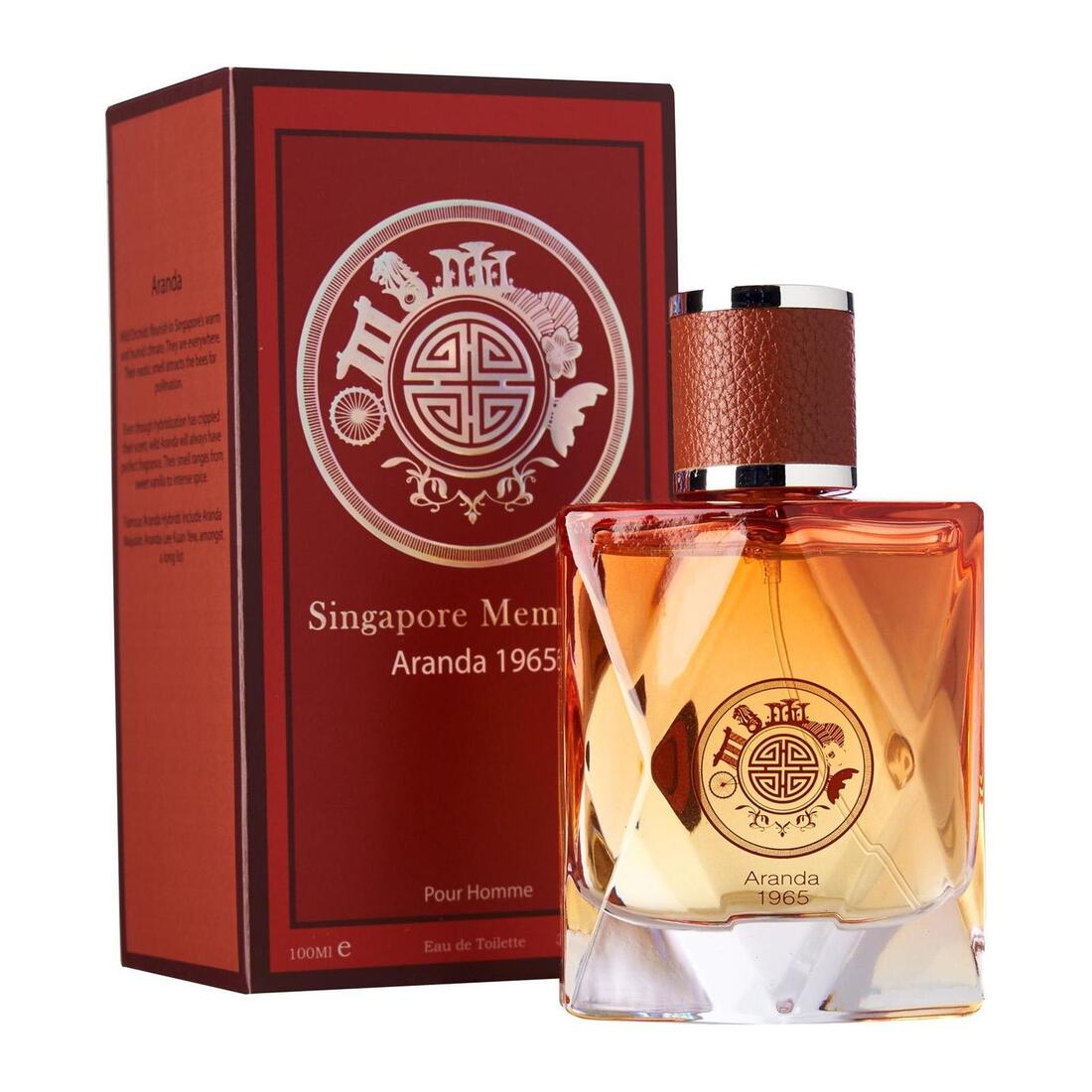Perfume, an age-old art form, has always encapsulated the essence of femininity in various cultures. Its presence in cinema evokes profound emotions and unforgettable moments. One such emblematic portrayal is found in the film “Scent of a Woman.” This cinematic masterpiece is not just a visual narrative; it is a poignant exploration of fragrance’s power in shaping perceptions and evoking memories. This article delves into the multifaceted story behind perfumes, especially as illustrated in “Scent of a Woman,” unraveling the intricate threads that bind scent to womanhood.
The allure of fragrance extends beyond mere olfactory pleasure. It forms an intrinsic connection to identity and self-expression. In “Scent of a Woman,” the protagonist, portrayed by Al Pacino, embodies sensuality and depth, attributes often mirrored in the perfumes that grace the market today. Typically, perfumes can be categorized into several families: floral, oriental, woody, and fresh. Each category offers a distinct narrative that resonates with different personalities, allowing individuals to curate their own olfactory signatures.
The floral family, for instance, is the quintessential representation of femininity, with scents like rose and jasmine reigning supreme. These fragrances often evoke feelings of romance and nostalgia, bridging gaps between the past and present, much like the emotions stirred in the film. The romantic notion of floral scents can be associated with the character’s journey, encapsulating the delicate balance between desire and vulnerability.
On the other hand, oriental fragrances carry an air of mystique and intrigue, combining warmth with opulence. Notes of vanilla, amber, and spices create an enchanting aura that captivates those who encounter it. This parallels the complexities of human emotion that are so vividly depicted in the film; the protagonist’s layers reveal nuances that resonate with anyone who appreciates the depth of life’s experiences. An oriental fragrance may evoke the fierce independence and boldness seen in many of the film’s pivotal moments.
Woody fragrances, characterized by notes such as sandalwood and cedar, ground the olfactory journey in a sense of stability and strength. These perfumes often elicit feelings of comfort while exuding confidence. In essence, the character’s profound wisdom and strength align beautifully with the foundational nature of woody scents. These perfumes resonate with women who seek empowerment and assurance, highlighting the transformational power of scent.
Fresh fragrances introduce an invigorating brightness, making them perfect for the dynamic and modern woman. Citrus notes, aquatic elements, and green accords convey vivacity and exuberance. This vivaciousness reflects certain characters within the film, encapsulating the spirit of exploration and youthful aspiration. The allure of fresh perfumes lies in their ability to evoke feelings of freshness and possibility, akin to the optimism inherent in unfolding life stories.
A pivotal aspect of perfume is its historical significance, intertwining with cultural narratives. The use of fragrance dates back to ancient civilizations, with aromatic oils and resins playing crucial roles in ritualistic practices and personal adornment. This age-old tradition signifies more than just a quest for pleasant scents; it illustrates humanity’s intrinsic need to express individuality and to forge connections with the divine and the community. In “Scent of a Woman,” this historical backdrop resonates with character motivations, as personal stories are intricately connected to their choices of fragrance.
Moreover, the personalization of perfume enhances its narrative. The process of selecting a fragrance often mirrors a deeper journey into oneself. Each scent can resonate with different occasions and emotions, allowing women to harness their perfumes as tools for confidence, seduction, and memory-making. Just as the protagonist in the film navigates his complex relationships, women often tailor their chosen fragrances to suit their moods, environments, and aspirations.
The creation of perfumes is itself a delicate art, with perfumers acting as alchemists, blending raw materials to elicit desired emotional responses. The meticulous process involves choosing the right balance of top, middle, and base notes, each contributing harmoniously to the fragrance’s overall narrative. This craftsmanship parallels the fine art of storytelling seen in “Scent of a Woman,” where every character and plot twist serves a purpose, driving the narrative forward.
Furthermore, the marketing of perfumes plays a significant role in shaping public perception. Advertisements often evoke aspirational images, inviting consumers to forge connections between fragrance and lifestyle. Such portrayals can project fantasies of glamour, romance, or adventure—concepts beautifully illustrated in the film through its characters’ interactions and evolutions. The olfactory landscape thus becomes tangled with aspirational narratives, beckoning the audience to embrace the stories woven into each scent.
In conclusion, perfume acts as a multifaceted instrument in the world of personal expression and storytelling. In “Scent of a Woman,” the interplay of fragrance and character development demonstrates the profound impact of scent on human experience. The floral, oriental, woody, and fresh families each tell a different tale, reflecting the diverse complexities of womanhood. Through embracing fragrance, women not only define their individual identities but also participate in the timeless narratives that connect us all. Ultimately, perfume is not merely a commodity; it is an intimate companion that captures the essence of our stories, memories, and aspirations.

